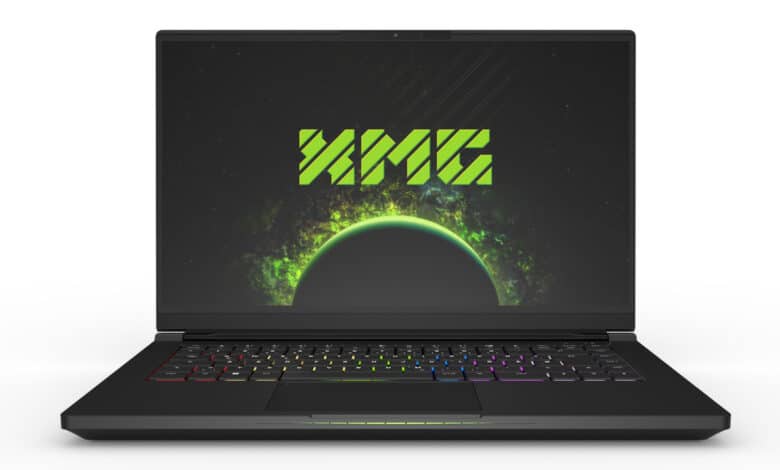
XMG makes its performance laptops fit for the new model generation in 2022. The two models XMG Pro 15 and 17 move away from the Thin&Light approach from last year and focus on significantly more performance. The manufacturer’s most successful laptop, the XMG Fusion 15, also gets an update and comes with Core i7-11800H as well as RTX 3070 and 3060.
XMG Pro (E22): Details on the new notebooks
First of all, the E22 model generation differs in terms of display size. The XMG Pro 15 relies on 15.6 inches, the XMG Pro 17 on 17.3 inches. The notebooks are optionally equipped with Intel’s Core i9-12900H or Core i7-12700H with 14 cores and 20 threads each and have two M.2 SSDs connected via PCI Express 4.0. SO-DIMM slots for a maximum of 64 GB DDR4-3200 RAM are available for the working memory.
However, there are also some changes in the graphics card selection. You can choose between GeForce RTX 3080 Ti with 16 GB VRAM, 3070 Ti and 3060 (only Pro 15) for the new XMG Pro (E22). Common to all models is the 15 watt Dynamic Boost 2.0 with a TGP of up to 135, 125 and 120 watts.
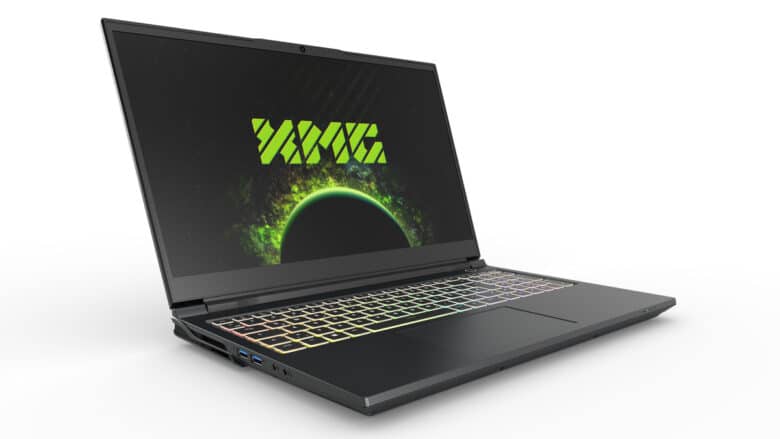
The manufacturer thus promises significantly more performance than in last year’s Pro models, which had to make do with limited performance and cooling resources due to the very slim design.
Size, cooling and display
As a result, the dimensions and weight increase to 35.8 x 24 x 2.49 cm and 2.4 kg in the case of the XMG Pro 15, and 39.6 x 26.2 x 2.49 cm and 2.8 kg (XMG Pro 17), respectively, and the battery capacity grows to 80 Wh in the new model.
However, the cooling of the notebooks is not only improved due to the increased dimensions. According to XMG, liquid metal pads are used on the core components in the new model generation, which is supposed to be particularly durable.

XMG positions the 15.6 and 17.3 inch laptops as a gaming workstation. Accordingly, the configurable display options with high color space coverage in each case as well as the connectivity turn out to be versatile.
The Pro 15 comes with a 144 Hz Full HD IPS panel, a WQHD IPS panel with 165 Hz and a UHD OLED panel. The XMG Pro 17, on the other hand, is also available with a 165 Hz WQHD IPS panel and a UHD IPS panel. Both 4K displays feature a factory X-Rite color calibration.

There has also been no skimping on connections. Up to four external monitors can be connected via Thunderbolt 4, a DisplayPort-capable USB-C 3.2 port, HDMI 2.1 and MiniDisplayPort 1.4. The Thunderbolt 4 port is connected to Intel’s efficient iGPU, while all other graphics interfaces are connected to the dedicated Nvidia graphics card and thus support G-Sync and VR headsets.
Furthermore, two USB A 3.2 slots, a microSD card reader, Gigabit LAN and Wi-Fi 6E, a Full HD webcam with noise reduction (Temporal Noise Reduction), a headset-compatible headphone output and a microphone input with S/PDIF support can be found.
XMG Fusion 15 offers more power in a compact form
Two years after the launch of the predecessor model series, the XMG Fusion 15, first introduced at IFA 2019 and co-developed with Intel, also gets an upgrade. The M22 model relies on a magnesium case and comes with dimensions of 35.6 x 23.4 x 21.7 cm and a weight of 1.94 kg.
A GeForce RTX 3070 and 3060 with a TGP of 125 and 120 watts respectively are available as graphics cards. In the benchmark mode, which can be activated via the Control Center, a further 20 (RTX 3070) or 10 watts (RTX 3060) are possible.
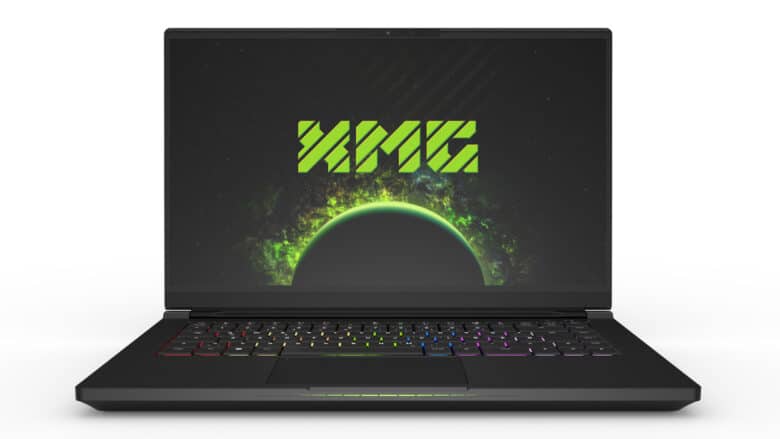
However, you have to accept that the fans rotate at maximum frequency. Intel’s Core i7-11800H with 8 full cores and 16 threads is used as the CPU. The cooling system has also been further improved in this case, for example, larger fans are now used, which are characterized by quieter operation and a deeper sound characteristic.
Silent mode, displays and features
XMG places great value on the Fusion 15 (M22)’s balanced, medium performance profile in silent fan mode: thanks to the flat fan curve, the notebook only delivers 10 percent less performance than in the maximum profile, but remains very quiet under gaming load with 42 instead of 53 dB(A).
The Full HD panel of the predecessor is now history. Instead, you can expect a 165 Hz IPS panel with WQHD resolution and 95% sRGB color space coverage. The panel can be folded out flat with an opening angle of up to 180 degrees.
In addition, there are two SO-DIMM slots for up to 64 GB DDR4-3200 RAM and a maximum of two M.2 SSDs, whereby the primary drive is connected via PCI Express 4.0. The optomechanical keyboard with tactile Silent Switches, N-Key rollover and RGB single-key illumination as well as the 93 Wh battery have been carried over from the predecessor.
However, the battery now has an integrated chip for charge control, which, in combination with the option to manually limit the charge capacity, is supposed to ensure improved longevity.
In terms of connectivity, the XMG Fusion 15 offers 2.5-gigabit LAN and Wi-Fi 6, three USB-A 3.2 ports, Thunderbolt 4 with integrated USB-C 4.0 and DisplayPort capability, HDMI 2.1, a full-size SD card reader, and a 2-in-1 audio port.
Prices and Availability
As always, the XMG Pro 15 and 17, and XMG Fusion 15 models are freely configurable on bestware.com. The base configuration of the XMG Pro 15 (E22) includes Intel’s Core i7-12700H, a GeForce RTX 3060, 16 (2×8) GB DDR4-3200, a 500 GB Samsung 980 SSD and a 144 Hz fast Full HD IPS display. The starting price here is 1,979 Euros.
The XMG Pro 17 (E22) starts with a 165 Hz fast WQHD IPS display and RTX 3070 Ti for 2,499 euros. The base configuration of the XMG Fusion 15 (M22) includes Intel’s Core i7-11800H, 16 (2×8) GB DDR4-3200, a 500 GB Samsung 980 SSD and a 165 Hz WQHD panel and starts at 1,499 Euros. Most components can be upgraded in the configurator for an additional charge.
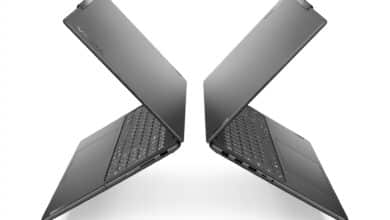
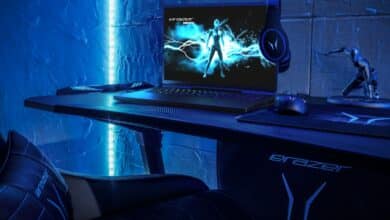
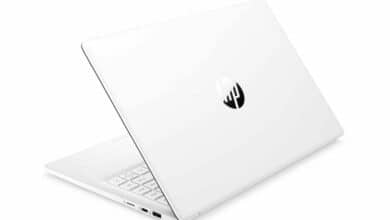
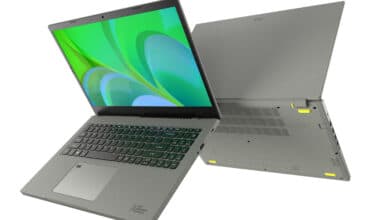
No replies yet
Neue Antworten laden...
Gehört zum Inventar
Beteilige dich an der Diskussion in der Basic Tutorials Community →